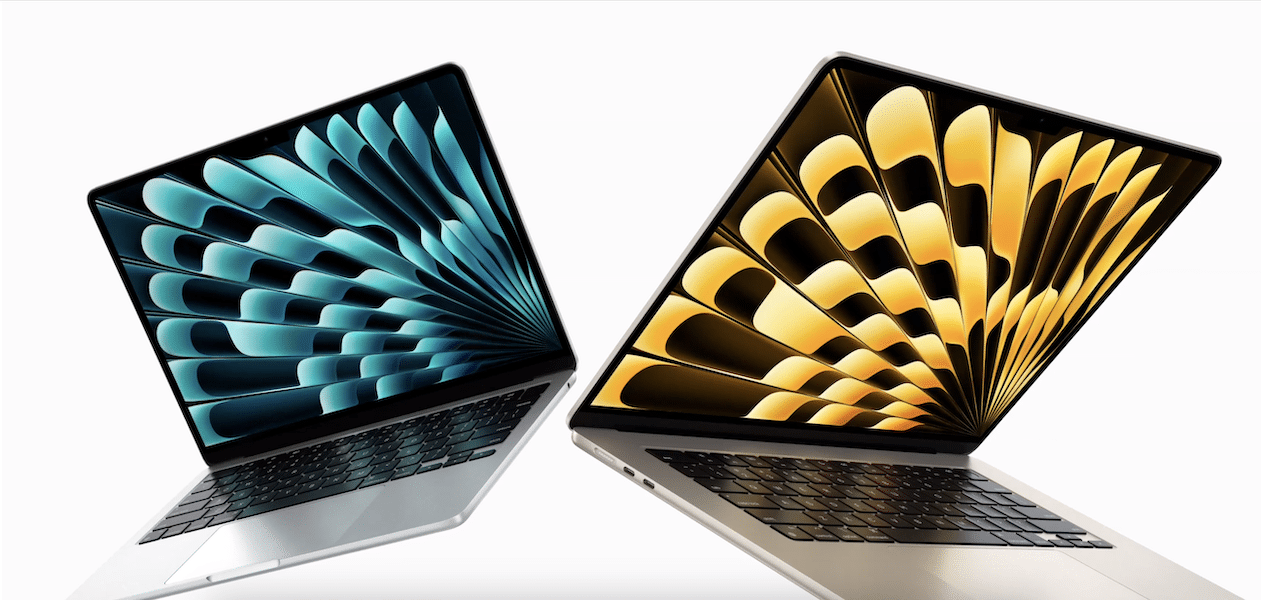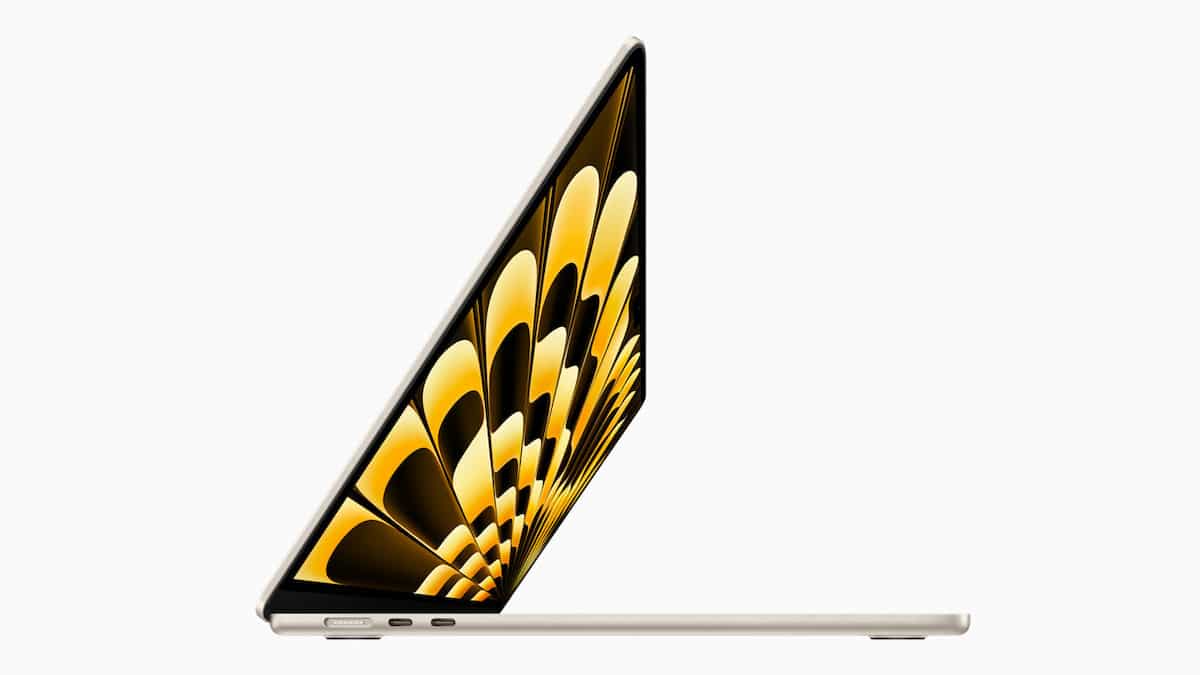A new report suggests the release of Apple’s OLED Macbook Air has been delayed until 2029. Initially projected for 2027, this timeline adjustment follows underwhelming sales of the OLED-equipped iPad Pro models launched last year. According to The Elec, Apple decided to postpone the introduction of OLED to its most affordable laptop after recording only six million shipments of the iPad Pro, far below the estimated ten million units.

OLED displays offer vibrant colors, higher contrast ratios, and improved power efficiency, but these benefits come with a steep price tag. For Apple, this premium technology must justify its cost with increased sales—an equation that seemingly didn’t add up for the iPad Pro. While the MacBook Air has always prioritized affordability, incorporating OLED at this stage could undermine its reputation as Apple’s budget-friendly laptop. Instead, the company is focusing on intermediate display advancements to bridge the gap.
In 2027, Apple plans to introduce oxide thin-film transistor (TFT) LCD technology to the MacBook Air lineup. Oxide TFT displays offer faster electron mobility than traditional amorphous silicon TFTs, resulting in improved color accuracy, higher contrast ratios, more uniform brightness, and reduced power consumption. This shift represents a significant improvement over the current LCD technology, ensuring that the MacBook Air remains competitive without inflating its price point.

Despite the delay for the MacBook Air, OLED advancements are still in Apple’s pipeline. The MacBook Pro models are expected to adopt two-tandem OLED technology in 2026, leveraging dual light-emitting layers for better efficiency and durability. Samsung Display will reportedly supply these high-end panels, marking a significant step in Apple’s OLED roadmap.
The MacBook Air’s enduring appeal lies in its balance of performance, design, and price. With models like the M3 MacBook Air currently available for under $1,000, it remains a top choice for students, casual users, and budget-conscious professionals. This accessibility makes it unlikely that Apple would risk disrupting the Air’s market position with an expensive upgrade before OLED production costs decrease.
For now, customers can look forward to incremental upgrades, such as the oxide TFT LCDs and the upcoming M4 MacBook Air models, expected to launch in the near future.
(via The Elec)

